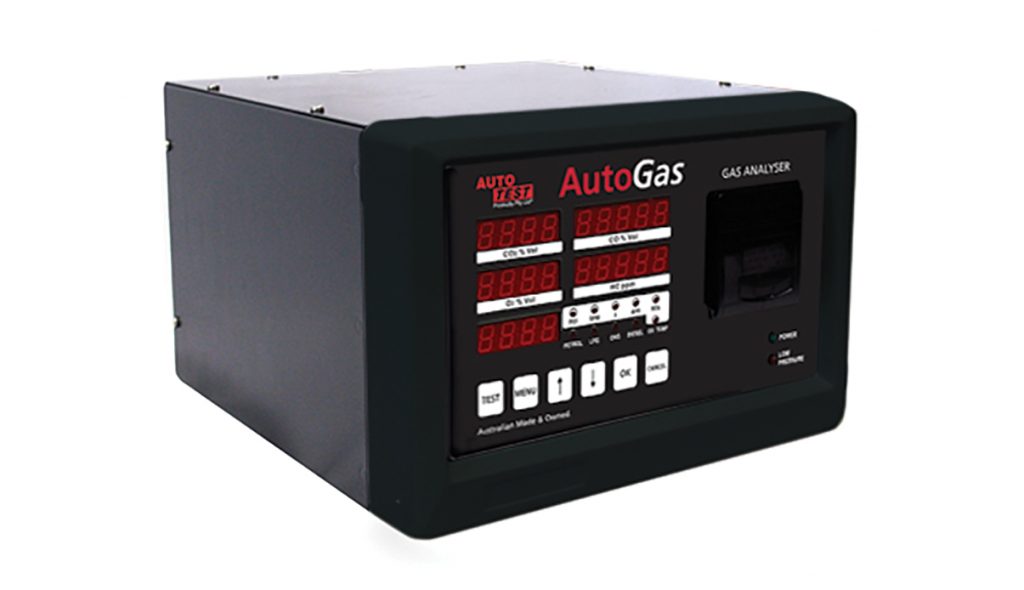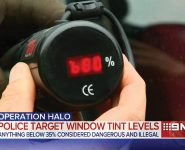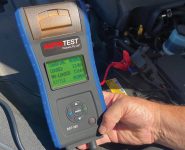EFFECTIVE EMISSIONS TESTING
In our modern world, road transportation is a lifeline, connecting people and goods across vast distances

However, this convenience comes at a price, one that is often overlooked: air pollution.
Air quality is a critical component of public health, and the quality of the air we breathe directly affects our well-being.
Airborne particulate matter (PM), nitrogen dioxide (NO2), and ground-level ozone are the primary pollutants of concern, and they have significant impacts on human health.
Road transport is a major contributor to these pollutants. Not only does it release PM, NO2, and ozone, but it also contributes to greenhouse gases like carbon dioxide (CO2), methane (CH4), and nitrous oxide (N2O).
The effects of these emissions are most pronounced in urban areas due to high traffic density and proximity to emission sources.
Efforts have been made to reduce exhaust emissions from vehicles through legislation and strategies. While these efforts have led to reduced emissions of regulated pollutants, concentrations of NO2 and PM10 still frequently exceed health-based limits, particularly in urban areas. NO2, which damages cell membranes and proteins, leads to various respiratory problems.
Particulate matter (PM) concentrations have been associated with hospital admissions and mortality rates, emphasising the importance of controlling emissions. However, despite regulations, there remain challenges in ensuring that vehicles meet emission standards.
The Volkswagen scandal
The Volkswagen scandal in 2015 exposed a significant issue in emission control. Volkswagen was found to have used software that circumvented emission standards for certain air pollutants. This incident highlighted the need for more robust procedures and instruments to properly measure exhaust emissions during periodic inspections.
Australia’s approach
In Australia, vehicles are tested based on manufacturer’s claims that they meet emission standards. In contrast, Europe tests all manufactured and imported models to ensure compliance with emission standards. European countries also perform in-service tests throughout a vehicle’s lifetime to ensure continued compliance.
Australia can benefit from adopting stricter standards and improving its periodic inspection procedures, local type testing, and the adoption of Euro 6 emission standards to enhance air quality and reduce health costs associated with noxious gases.
New South Wales has recently introduced a new proposal that prescribes tailpipe Emission Testing for all modified vehicles under their VSCCS scheme. This procedure includes the use of a 5 Gas Analyser to determine the concentration of each emission component.
Effective emissions testing
AutoTest says you can test the gas efficiency of a vehicle with the AutoTest 5 Gas Analyser. Battery operated, it has the capability to measure CO, HC, CO2, O2 and NOX contents of petrol, CNG, and LPG vehicle exhausts and lets you know how efficient a vehicle is at reducing the amount of pollutant gases being released into the atmosphere.
AutoTest recently moved into new premises at 69 Parsons Street, Kensington (Victoria) that are next to its old building.
For more information, contact AutoTest Products 03 8840 3000 or visit www.autotest.net.au









